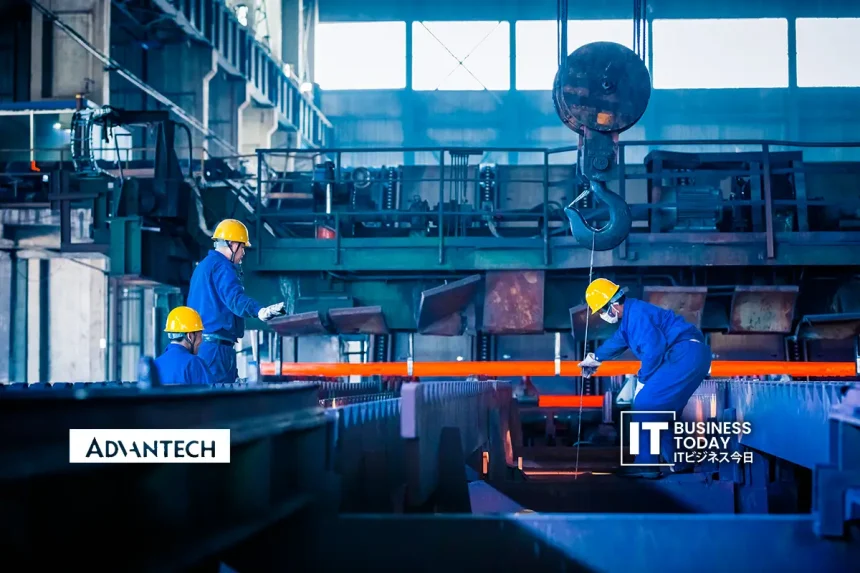アドバンテック株式会社(東京都台東区/代表取締役社長:劉克振、以下アドバンテック)は、NVIDIA Jetson Thorモジュールを搭載し、NVIDIA HoloscanプラットフォームをサポートするMIC-742-ATロボティクス開発キットを発表、発売を開始いたします。この開発キットは、次世代ロボティクスおよびフィジカルAIアプリケーション向けに設計されており、Jetson Thorの卓越したAI処理能力とNVIDIA Holoscanプラットフォーム向けの統合機能を兼ね備えています。これにより、ロボットはエッジでリアルタイム推論と超低遅延センサー処理を実現し、"見て、理解して、行動する "ことが可能になります。
ロボット工学のための次世代AIコンピューティング
NVIDIA Jetson Thorモジュールを搭載したMIC-742-ATは、最大2,070 FP4 TFLOPSのAI性能と128GBの広帯域LPDDR5Xメモリを実現します。産業用アプリケーションに求められる高い信頼性を実現するために設計されたこのシステムの消費電力はわずか150Wです。動作温度範囲が-10℃~60℃と広く、コンパクトな設計のため、省スペース環境にも適しています。さらに、8チャンネルのGMSL 2.0をサポートし、高速で低レイテンシのセンサー接続を可能にし、高度な認識システムの開発をサポートします。これらの特長により、このプラットフォームは、ヒューマノイドロボット、自律移動ロボット(AMR)、手術ロボットなどの高性能エッジAIアプリケーションに理想的なソリューションとなっています。
次世代センサー・フュージョンと統合ソリューション
アドバンテックは、センサーの標準化やイーサネットベースのパケット伝送などの業界トレンドに対応するため、NVIDIA HoloscanプラットフォームとNVIDIA GPUDirect RDMANVを採用し、センサーデータをCPUを介さずにGPUメモリに直接ストリーミングすることで、ボトルネックを回避しながら低レイテンシーのデータ処理を実現しました。これにより、AIの推論とリアルタイムの意思決定が高速化されます。
こちらもお読みください: 竹中工務店、NTTドコモ、アスラテックが空間認識ロボットシステムを開発
さらに アドバンテック は、複数のセンサのリアルタイム同期を必要とする開発者向けに、Holoscanセンサブリッジを内蔵したMIC-FG-HSBA1とスイッチアクセサリEKI-2712X-SPEを提供しています。これらを利用することで、ステレオカメラ、LiDAR、レーダー、超音波センサー、IMU、その他のセンサーからのデータを、低レイテンシーかつ高帯域幅でサブミリ秒単位で同期させることができます。これにより、正確なタイミングでのマルチモーダルなデータ処理が可能となり、AIの認識精度やロボットの意思決定の信頼性が大幅に向上します。
ソース PRタイムズ







